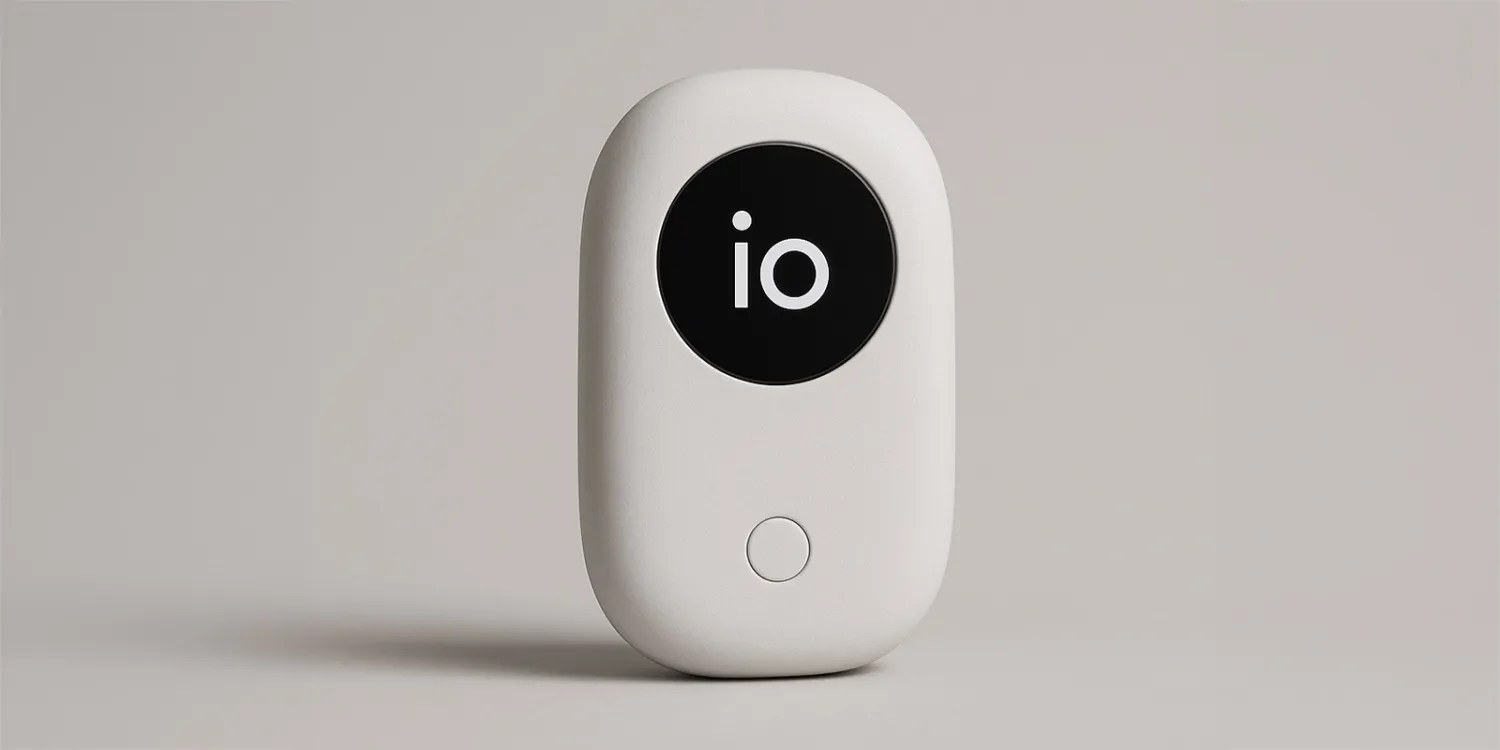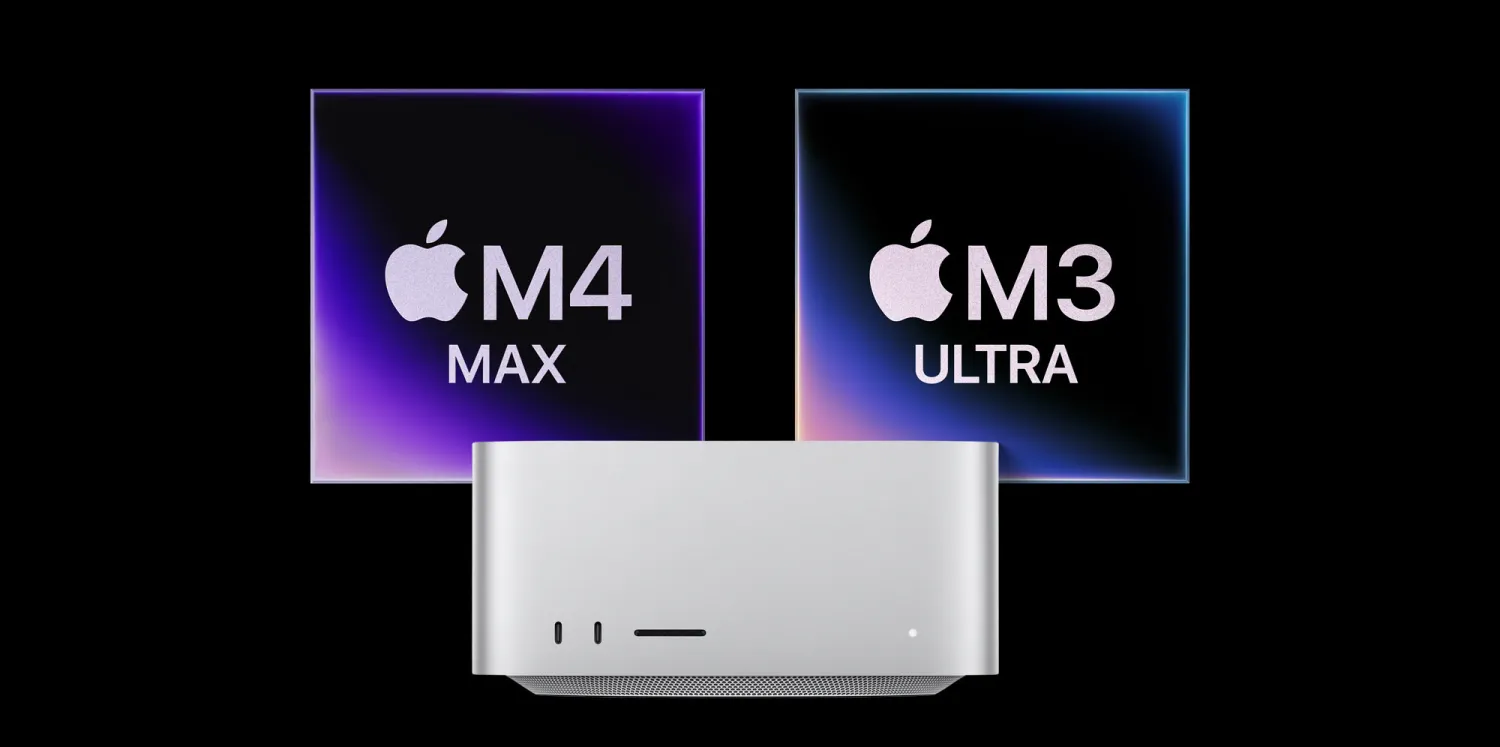The collaboration between former Apple design chief Jony Ive and OpenAI CEO Sam Altman has been a focal point in the tech industry, aiming to develop a groundbreaking AI hardware device. However, recent reports indicate that the project is encountering significant obstacles that may delay its anticipated release.
Background of the Collaboration
In May 2025, OpenAI acquired io Products, a startup founded by Jony Ive, for $6.5 billion. This strategic move was intended to propel OpenAI into the consumer hardware market, leveraging Ive’s renowned design expertise to create innovative AI-integrated devices. The partnership signified a bold step towards developing hardware that seamlessly integrates with OpenAI’s advanced AI models.
Unveiling the Mysterious Device
Despite the high-profile nature of the collaboration, specific details about the device remain scarce. Both Ive and Altman have confirmed that the product is neither a smartphone nor a wearable device, such as smart glasses or in-ear headphones. This has led to widespread speculation about the form factor and functionality of the device, with some envisioning a novel, pebble-shaped gadget designed for intuitive AI interactions.
Key Challenges Leading to Delays
The development of this AI hardware is reportedly hindered by three primary challenges:
1. Computing Power Constraints
A significant hurdle is providing the device with sufficient computing power to operate effectively. OpenAI is already facing challenges in allocating adequate computational resources for ChatGPT, and scaling this to a consumer device adds complexity. A source close to Ive noted, OpenAI is struggling to get enough compute for ChatGPT, let alone an AI device.
2. Privacy Concerns
The device is designed to be always on, continuously listening and observing the user’s environment to create a form of memory. This raises substantial privacy issues, as it implies that cameras and microphones would be perpetually active. Ensuring user privacy while maintaining the device’s functionality is a delicate balance that the team is striving to achieve.
3. Developing an Appropriate AI Personality
Crafting a personality for the AI that is helpful without being intrusive is another significant challenge. The goal is to create a computer friend that assists users without becoming overbearing or unsettling. One insider mentioned the difficulty in ensuring the assistant only speaks when necessary and knows when to stop, highlighting the complexity of this task.
Implications and Future Outlook
These challenges have led to uncertainties regarding the device’s release timeline. Initially projected for a 2026 launch, the unresolved issues may push the release further into the future. The collaboration between Ive and OpenAI represents a significant endeavor to redefine human-computer interaction through AI-integrated hardware. Overcoming these obstacles is crucial for delivering a product that meets both functional and ethical standards.
As the project progresses, the tech community remains attentive to how these challenges will be addressed and what innovative solutions will emerge from this high-profile partnership.



